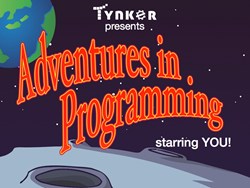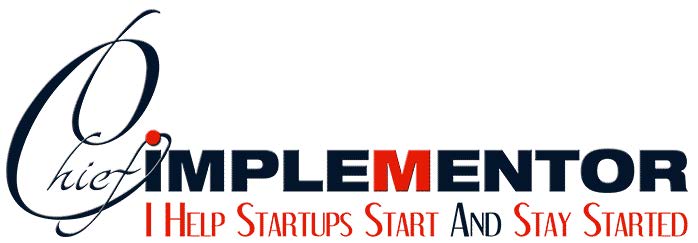Tynker Launches World's First At-home Visual Programming Course for Elementary and Middle School Students

Mountain View, CA (PRWEB) August 06, 2013
Tynker (http://www.Tynker.com), a leading education startup that enables schools and teachers to help children develop programming skills and computational thinking using a visual approach, today announced the introduction of Tynker™ for Home. Tynker for Home follows the highly successful introduction of Tynker™ for Schools in April of this year. To date, hundreds of schools and thousands of teachers have used Tynker for School in their classrooms to help students create animated stories, physics games, math-based art and more.
“Teachers and parents alike share our vision of enabling children to learn programming so they can become makers for the digital age,” said Krishna Vedati, Founder and CEO of Tynker, “Since launching Tynker for Schools to unprecedented demand, the most common request from students and parents was for a version of Tynker that could be accessed at home. So we significantly advanced our release schedule and are introducing Tynker for Home so kids can begin discovering and learning programming skills in their own homes and share their pursuits in real-time with their parents.”
The at-home edition of Tynker is built on the same visual programming platform as Tynker for Schools, but designed specifically to make self-paced learning at home easy and engaging for children. To launch Tynker for Home, the company partnered with Dave McFarland, author of several programming books from O’Reilly including the highly popular “The Missing Manual” series for Javascript and CSS. Working with Tynker, McFarland created an Introduction to Programming course that children will find challenging and fun to work through. The course’s 16 chapters are filled with self-guided lessons, puzzles, tutorials, quizzes, challenge missions and training videos.
Parents can enroll their children into the Introduction to Programming course at http://www.Tynker.com. The completely self-paced course is designed for children in fourth through eighth grades and costs $ 50 per student. The course never expires, and tuition also includes unlimited use of the Tynker Workshop—Tynker’s unique programming platform, game design tools, character gallery and multi-media library, with more than 5,000 sounds, animations, images and scenes.
The Introduction to Programming course covers basic programming concepts: creating scenes, playing sounds, moving characters, conditionals and repetition, animation, handling keyboard and mouse events, pen drawing, collision detection, keeping score and more. Students are introduced to the concepts in an interactive framework with narration, videos, guided tutorials and projects. Students are also encouraged to innovate and build their own projects, and are assessed when they solve coding puzzles and take quizzes during the course. When students complete the course, they can keep experimenting and using the Tynker platform to program additional apps and games, building on the skills they learned in the course.
“When my 8-year-old excitedly pulled me to the computer last evening and showed me the projects he has created on Tynker, I was totally blown away!” said Brian Guan, parent of a child in the Palo Alto School District. “Being a geek dad, I’ve always wanted to teach my boys how to program, but was afraid that it was too soon. So when I saw my son build a project right in front of me, my jaw dropped. Thanks, Tynker, for showing us this wonderful tool!”
About Tynker
Tynker helps children develop programming and computational thinking skills in a fun, intuitive and imaginative way. Tynker builds a strong foundation in STEM skills (science, technology, engineering and math) and other critical thinking abilities, preparing children for 21st century degrees, careers and lives. Tynker’s innovative visual programming language, interactive self-paced tutorials, and the engaging Tynker Workshop empower children to create complex and creative projects.
Tynker was founded by a seasoned team of technology entrepreneurs who realized what they wanted most now was to give children the critical life skills of design thinking and programming, to become makers for the technologies of tomorrow. Tynker is based in Mountain View, CA and is backed by 500 Startups, Cervin Ventures, Felicis Ventures, GSV Capital, NEA, New School Ventures, and prominent angel investors.
Additional Quotes About Tynker
“Tynker has become one of the most popular activities in my technology curriculum,” said Don Fitz-Roy, Director of Computing at WNS Schools. “Children share what they have learned. The addition of a simple physics engine is a welcome addition for budding game designers. I have seen my students motivated like never before.”
“We believe at the Children’s Creativity Museum that the success of the next generation hinges not only on what they know,” said Michael Nobleza, Executive Director of the Children’s Creativity Museum, San Francisco, “but also on their ability to think and act creatively. Tynker’s interactive and engaging products foster the kind of creative thinking that today’s youth need to be successful as tomorrow’s technological innovators.”
